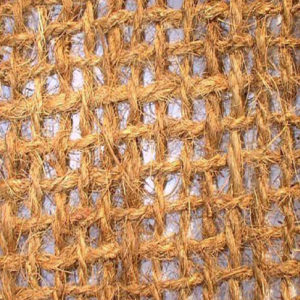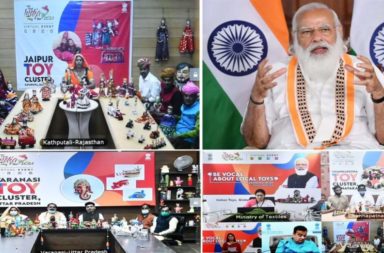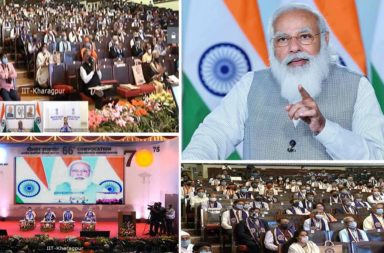Kerala, also referred to as ‘land of coconut, has been innovating with coconut over many decades. Most of the innovations attempted have been successful intending to sustain it in a profitable way. It has turned out to be the most useful thing since generations. The husk of coconut has long fibres that could be spun and woven into ropes, mats and nets. The tensile strength of these ropes is great and when taken into account for processing them into Geotextiles, they could also be used for covering eroding landscapes that could prevent soil erosion during monsoon. These Coir Geotextiles are also called Coir Bhoovastra.

In 2019 Geotextiles came into the trend to cover slopes, streams, canals and river banks and they are great for slope stabilisation. Coir Bhoovastra consists of open cells which collect the disturbed soil and act as check dams ensuring soil erosion. It acts as a mulch and provides enrichment to the soil. They are resistant to moulds, bacteria and retain a great amount of moisture. It looks like a golden river bank when spread over the walls of streams, bunds, farms and ponds during rains.
The Coir Industry bounced back to normalcy after a series of lockdowns due to COVID-19 and zero exports in March and April. The lack of raw material supply from Tamil Nadu has also affected the industry. Currently, with a workforce of 50 %, the industry is expected to see a full workforce in coming months. The industry is securing the lives of 2 lakh farmers who depend on coir making.





